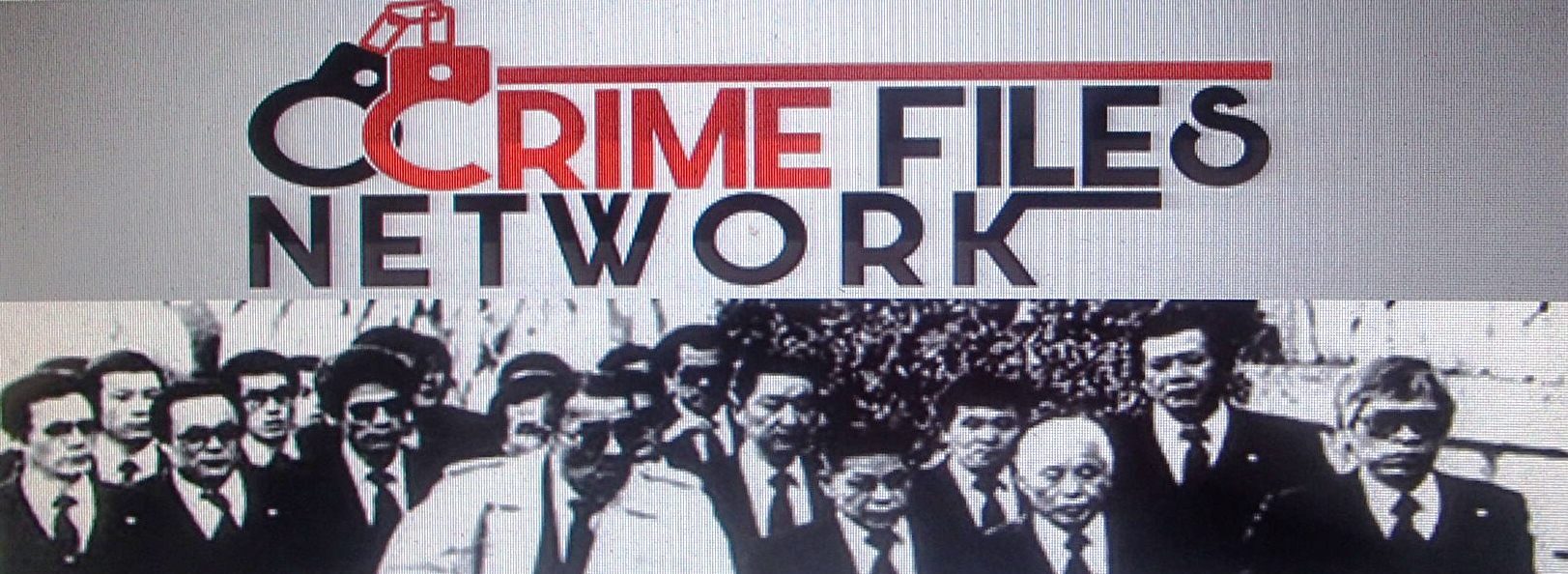This USA new super bomb ‘storm breaker’ will put fear in its enemies
Operation
The bomb can use GPS/INS to guide itself into the general vicinity of a moving target during the initial search phase, with course correction updates provided using a Link 16 over UHF data link. The bomb has three modes of target acquisition: millimeter-wave radar, infrared homing using an uncooled imaging seeker, and semi-active laser homing. The weapon is capable of fusing the information from the sensors to classify the target and can prioritize certain types of targets as desired when used in semi-autonomous mode.
The shaped charge warhead in the bomb has both blast and fragmentation effects, which makes it effective against infantry, armor (including MBTs), unhardened structures and buildings, as well as patrol craft sized boats and other soft targets. The bomb would be the first purpose-built no-drive zone enforcement weapon.
The use of uncooled imaging infrared has been cited as innovative and effective in reducing costs. An important feature of the new weapon is maximizing the number of bombs carried by the strike aircraft. A total of 28 GBU-53/B can be carried by the F-15E Strike Eagle using seven BRU-61/A suspension units, each carrying four bombs. Eight bombs along with two AIM-120 AMRAAM missiles can be carried in the weapons bay of the F-22 Raptor or the F-35 Lightning II (even the STOVL F-35B).[12] The F-35 will not be able to operate the bomb until the aircraft receives the Block 4 software package in 2022. The SDB II bomb rack originally did not fit inside the smaller F-35B weapons bay. A modification will be provided to coincide with the software package.[13] An F-35 can carry 24 total bombs, 8 internally and 16 externally.[14]
Planned deployment
The United States Air Force plans to use the bomb on the F-15E Strike Eagles as a no-drive zone enforcement weapon. The U.S. Navy and U.S. Marines plan to use it on their versions of the F-35 Joint Strike Fighter. Delivery for the first batch is planned for late 2014. Government requirements specify a 2016 delivery date. In October 2020, the Air Force approved the weapon for operational flight on the F-15E.[15]
The Navy plans to first integrate the SDB II onto their F/A-18 Super Hornet jets, then onto the F-35B and C fighters.[16] With the F-35 program experiencing continued delays from a naval perspective, the United States Department of the Navy (DON) has decided to change their integration strategy by using the L3Harris BRU-55 smart multiple carriage racks on F/A-18E/F[17] to store and fire the SDB II for the United States Navy.
The L3Harris BRU-55/A smart rack enables the aircraft to carry two MIL-STD-1760 smart weapons, such as the SDB II, on each weapon station. The electronic control assembly and digital communications from the aircraft to the weapon are handled by the BRU-55 canted vertical ejector rack,[17] which in turn is attached to a BRU-32/A bomb ejector rack connected to SUU-79 pylons, and then to the aircraft fuselage.[18] The BRU-55/A is an upgrade, largely on the electronics, to the BRU-33 CVER (Canted Vertical) bomb ejection rack. The BRU-55 was developed as part of the Mk-82 Joint Direct Attack Munition (JDAM) program.
![]()

